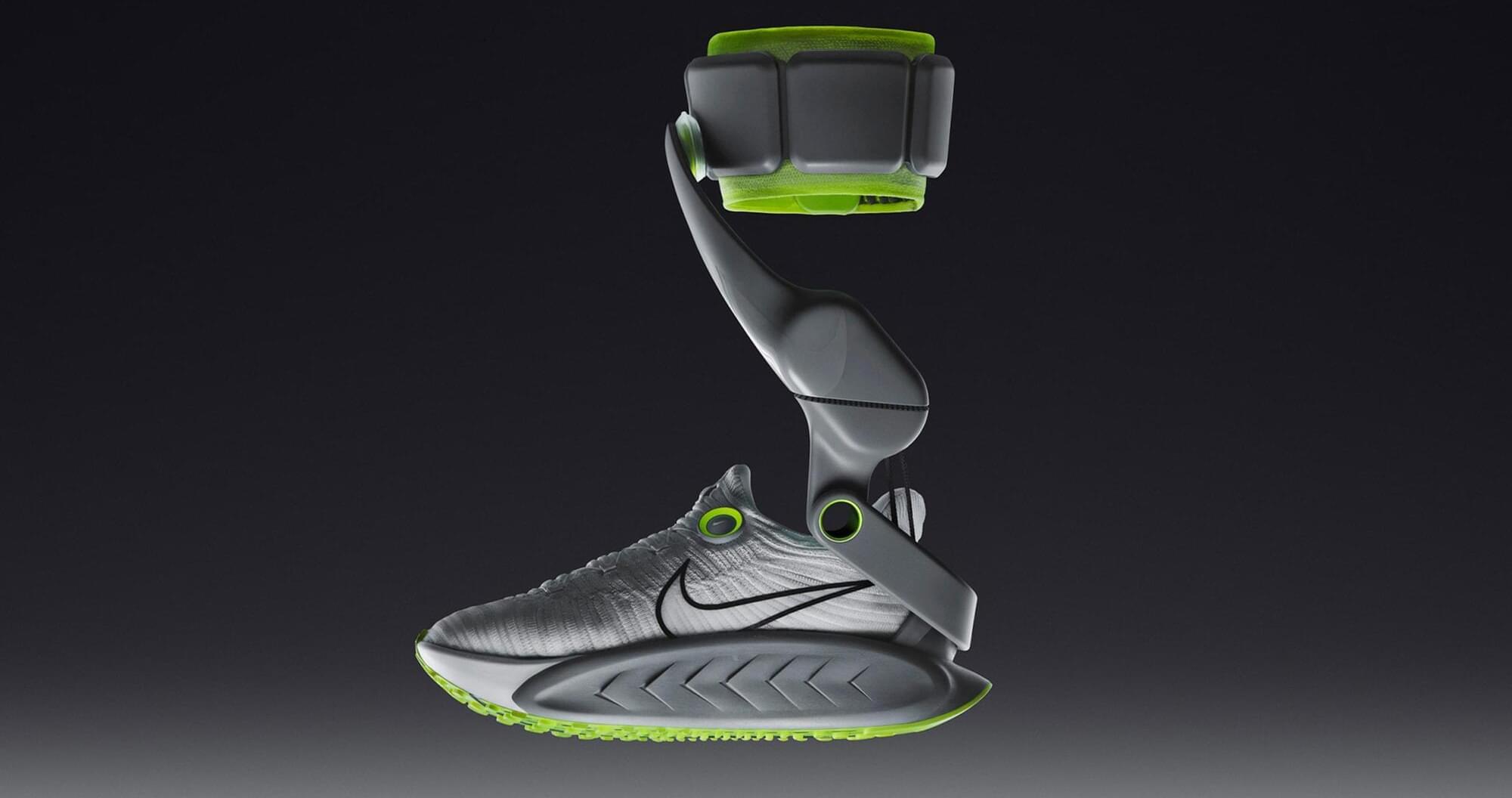Shifted from slightly against to strongly in favor. 2023: half oppose, 2025: only 29 oppose. People fear new technology… until it is no longer new.
Expect this to happen with things like cell ag (lab grown meat), nanobots, and the like. Most people are not ideologically oppose to them, they just want enough time for them to prove themselves as safe.
“Opposition to autonomous vehicles is on the decline, the poll showed: In 2023, more than 50% of voters opposed driverless cars; now, it’s 29%.”
And:
“Two-thirds of voters said they support allowing fully autonomous vehicles to operate in San Francisco. It’s a significant increase from 2023, when fewer than half agreed with the sentiment.”
(https://sfstandard.com/2025/10/08/san-francisco-became-waymo-pilled/)







